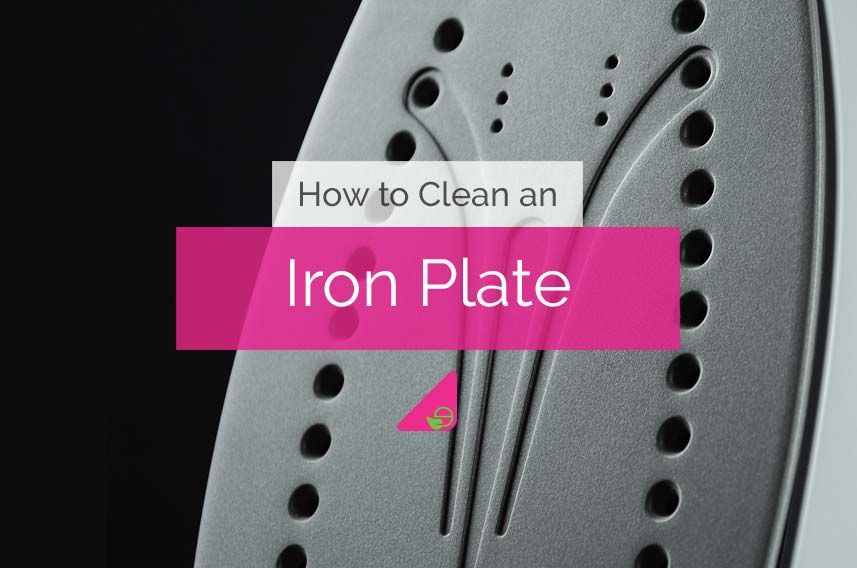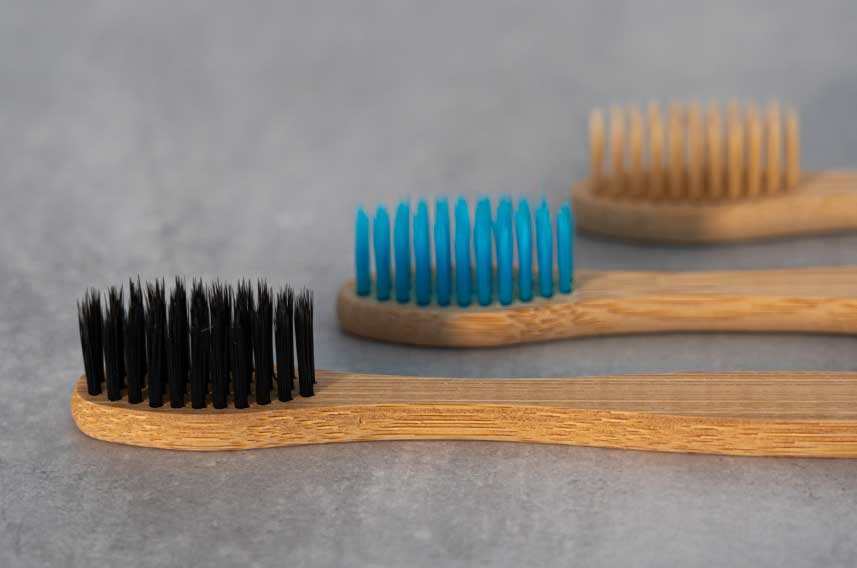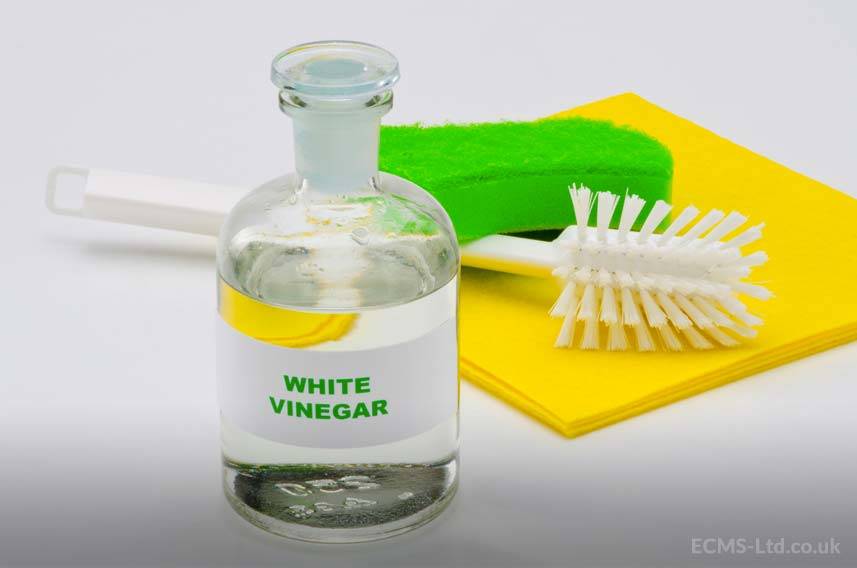Tel: 01474 876800 • Client Portal
- Who We Are
- What We Do
- Build
- Carpentry
- Building Works
- Commercial Flooring
- Commercial Glazing
- Commercial Locksmith
- Commercial Painting & Decorating
- Commercial Plastering
- Commercial Plumbing
- Commercial Refurbishment
- Commercial Roofing
- Design & Construction
- Electrical Installation
- Hard & Soft Landscaping
- Mechanical & Electrical
- Office Builders
- Office Fit Outs
- Office Heating
- Office Partitioning
- Office Relocation
- Site Management
- Maintain
- 24 Hour Helpdesk
- Access Control
- Air Conditioner Repair
- Air Conditioning Servicing
- Commercial Boiler Servicing
- Commercial Electricians
- Commercial Ground Maintenance
- Commercial Pest Control
- Commercial Property Maintenance
- Drain Unblocking
- Emergency Callouts
- Emergency Light Testing
- Facilities Management
- Fire Alarm Testing
- Fire Extinguisher Testing
- Fire Sprinkler Testing
- Fixed Wire Testing
- Handyman Service
- Lift Servicing
- Office Health & Safety
- PAT Testing
- Planned Preventative Maintenance
- Reactive Maintenance
- Roof Maintenance
- TMV Maintenance
- Water Hygiene
- Clean
- Build
- How We Do It
- Why Use Us
- Contact

How to Clean an Iron Plate
If your iron is getting stuck to clothes, emitting spatters of steam, or not functioning optimally, it could indicate the need for a thorough cleaning.
Fortunately, there’s readily available solutions to address these issues.
Whether you’re seeking methods to clean a sticky iron plate or remove burn marks, iron cleaning can be relatively straightforward with the right approach.
Below, you’ll find some helpful advice on cleaning an iron soleplate using home remedies, and ensure your clothes look immaculate every time you iron.
Table of Contents
Tools & Materials
Make sure you have all the necessary tools and materials ready before you begin cleaning your iron plate.
So get your cleaning kit together, which should consist of the following:
- Towels
- Toothbrush
- Cotton swabs
- Pipe cleaners
- Washing up liquid
- Soft rags
- Baking soda
- White vinegar
- Coarse salt
Once you have all your items ready, let’s get cracking!
Cleaning an Iron Plate
While visible burn marks or a sticky surface are clear indicators your iron plate needs cleaning, a clean iron soleplate should also glide effortlessly over your clothes without any resistance or marks.
Before proceeding with the cleaning process, ensure that the iron’s unplugged and that the soleplate has completely cooled down.
One straightforward method for cleaning an iron plate is to utilize a soleplate cleaner specifically formulated for this purpose.
Alternatively, you can explore some quick home remedies.
It’s important to remember to test any cleaning method on a small section of the plate before applying it to the entire surface, just to be cautious and avoid any potential issues.
1. Prepare the Soleplate

The metallic surface at the base of an iron is known as the soleplate.
To effectively eliminate residue and deposits, you can employ a couple of useful techniques.
First, take an old toothbrush and gently scrub the soleplate, allowing it to loosen and remove any buildup.
This method is particularly effective for tackling deposits or any remnants of baking soda or salt.
Additionally, cotton swabs and pipe cleaners can be employed to clean the steam vents, efficiently removing any deposits that may have accumulated.
2. Clean with Soapy Water
When dealing with an iron soleplate with a nonstick coating, it’s crucial to prevent any damage to the surface.
Harsh chemicals should be avoided in this case.
Instead, you can follow these steps for gentle cleaning:
- Prepare a mixture of warm water and a few drops of washing up liquid in a bowl. Stir the mixture until suds form.
- Take a paper towel or a soft cloth and dip it into the sudsy water solution.
- Gently wipe the soleplate with the dampened paper towel or cloth to remove any residue.
- After cleaning, use a clean towel to wipe away any remaining suds or moisture from the soleplate.
By using this method, you can effectively clean the iron soleplate without causing any harm to the nonstick coating.
3. Clean with White Vinegar

Here’s an alternative method that’s safe for your iron’s base and won’t cause any scratching.
Follow these steps:
- Take a paper towel or a soft cloth and dampen it with distilled white vinegar.
- Gently wipe the soleplate of the iron to remove any gunk or residue.
- If there are stubborn residues remaining, soak a clean paper towel or cloth in distilled white vinegar.
- Place the cool iron soleplate on the soaked towel and let it soak for 15-30 minutes.
- After soaking, wipe away any remaining residue using a clean towel.
For more stubborn stains like hard water marks, rust, melted plastic, or craft residue, additional scrubbing may be necessary.
Follow these steps:
- Dampen a paper towel or cloth with water or distilled white vinegar.
- Dip a corner of the dampened towel or cloth in baking soda or coarse salt. Baking soda is a gentler option that is less likely to scratch your iron.
- Use the baking soda or salt-coated corner to gently buff and scrub the soleplate to remove tough stains.
- Wipe the soleplate clean with a damp cloth or paper towel.
By following these methods, you can effectively clean your iron’s soleplate without causing any damage or scratches.
4. Clean the Steam Vents
To eliminate lingering odours and unclog the steam vents of your iron, follow these steps:
- Empty the water reservoir of your iron and refill it with distilled water.
- Set your iron to the highest heat setting and maximum steam output. If your iron has a “steam clean” setting, utilise that.
- Place the iron in an upright position on a heat-resistant surface.
- Allow the iron to heat up, generating steam that will help clear the vents. This process may take a few minutes.
- If desired, you can also iron an old towel for several minutes, moving the iron back and forth over the towel. The steam produced will help flush out any debris, which will transfer onto the towel.
By following these steps, you can effectively remove any stale smells and unclog the steam vents of your iron, ensuring optimal performance.
5. Clean Deposits from Vents
After the iron has cooled down, make sure to empty any remaining water from the reservoir.
If there are deposits or blockages in the steam vents, you can use a cotton swab or toothbrush to carefully dislodge them.
It’s important to note that you should avoid putting vinegar directly into the water reservoir of the iron.
Conclusion
As you’ve discovered, cleaning an iron is a relatively simple task that can help maintain its optimum performance.
Whether you use specialised cleaning products, gentle home remedies, or a combination of both, regular cleaning ensures that your iron functions smoothly and efficiently.
By removing residue deposits, unclogging steam vents, and keeping the soleplate in good condition, you can extend the lifespan of your iron and enjoy wrinkle-free clothes with ease.
Don’t hesitate to give your iron a good scrub from time to time to keep it in top shape and ready to tackle your ironing tasks effortlessly.
Request a Callback
Recent Posts
- How to Clean Stainless Steel Surfaces 01th Aug 2025
- 10 Common Saniflo Toilet Troubleshooting Solutions 01th Jul 2025
- Importance of Personal Hygiene at Work 01th Jun 2025
- How to Clean a Toilet Brush 01th May 2025
- How to Clean Painted Walls 01th Apr 2025
- How to Get Oil Stains Out of Carpet 01th Mar 2025
- How to Clean a Fridge and Remove Bad Smells 01th Feb 2025
- How to Get Coffee Stains Out of a Carpet 01th Jan 2025
- How to Clean Gutters Correctly 01th Dec 2024
- What is PAT Testing? 01th Nov 2024

